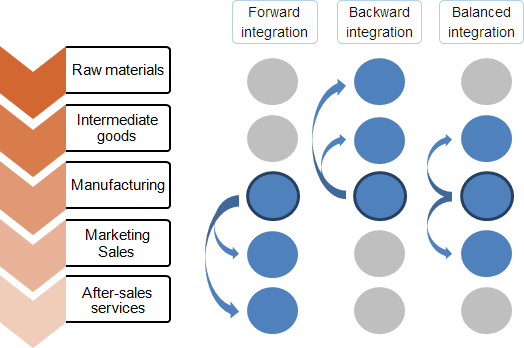
When does it makes sense for a company to pursue vertical integration?
Last updated: November 14, 2023 Xem trên toàn màn hình
Vertical integration makes sense as a strategy, as it allows a company to reduce costs across various parts of production, ensures tighter quality control, and ensures a better flow and control of information across the supply chain. The core intention of the approach is value creation and greater profit potential through better control over its operations. The types of costs that can be reduced or removed in vertical integration include transportation costs, transaction costs and business-to-business marketing costs.
In addition, an organization may also feel that its existing suppliers or buyers are exhibiting too much power over them. Through vertical integration, the organization can reduce or eliminate the leverage that suppliers or buyers have over the firm. The process allows a company to improve profitability by stripping out the middleman, sometimes taking the form of wholesalers and retailers.
Taking ownership of at least part of the supply chain can provide added flexibility for the firm. This can be important in times of challenging market conditions, where margins would more likely come under pressure.
A firm can take ownership of its upstream suppliers and downstream buyers through mergers or acquisitions of specific parts of the chain. However, the organization can also choose to expand without necessarily consolidating an operation, as would be the case when a company builds out its own retail network. The oil and gas industry has been particularly active in vertical integration, as firms in the sector tend to have control over their exploration, production, marketing, and refining operations.
Vertical integration can come in the form of a “backward integration”, “forward integration” or “balanced integration”. Backward integration involves the acquisition of a supplier or the control of subsidiaries that produce some of the inputs used in the production of its products. Forward integration concerns the purchase or building of a distributor, allowing the company to move closer to the consumer through distribution centers and retailers. Balanced integration is a combination of the two.
The acquisition of media and content provider Time Warner by America Online in 2000 is an example of backward integration. High-profile backward integrations within the technology sector include Google’s acquisition of Motorola Mobility Holdings and eBay’s purchase of PayPal. The 2003 purchase of OfficeMax, an office products manufacturer, by paper company Boise Cascade, is illustrative of forward integration.
Beauty products firm Avon is another company that pursued backward integration. The organization did this by venturing into the production of some of its cosmetics, rather than just focusing on the sales and marketing of the product. Meanwhile, clothes manufacturer Levi Strauss & Co. has become more forward integrated by opening retail stores to market its products.
Horizontal integration differs from vertical integration. A horizontal merger takes place between two organizations in the same industry. Examples of that include the mergers of household products names Procter & Gamble and Gillette in 2006, and oil companies Exxon and Mobil in 1999.
A major vertical integration disadvantage is that the strategy concentrates all the resources and prospects on the one approach. The “all the eggs in one basket” strategy can be risky in an uncertain market environment. In addition, the organizational and coordination costs may also be high.








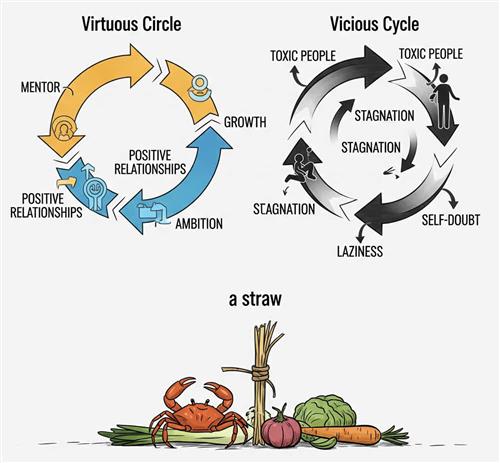






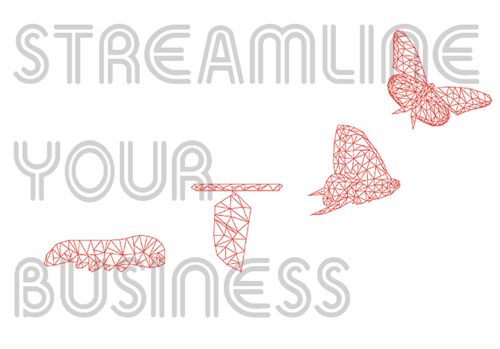
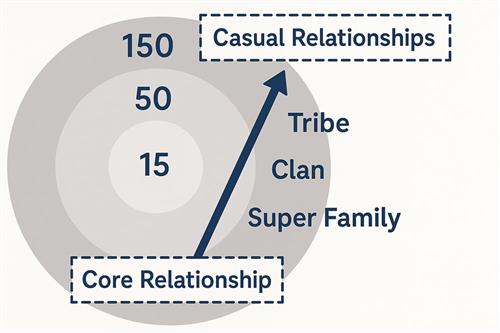




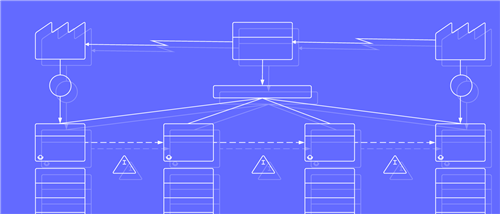






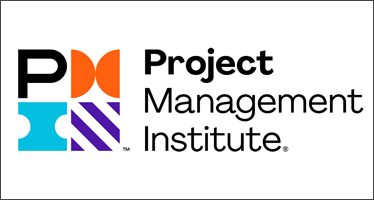



 Link copied!
Link copied!
 Mới cập nhật
Mới cập nhật